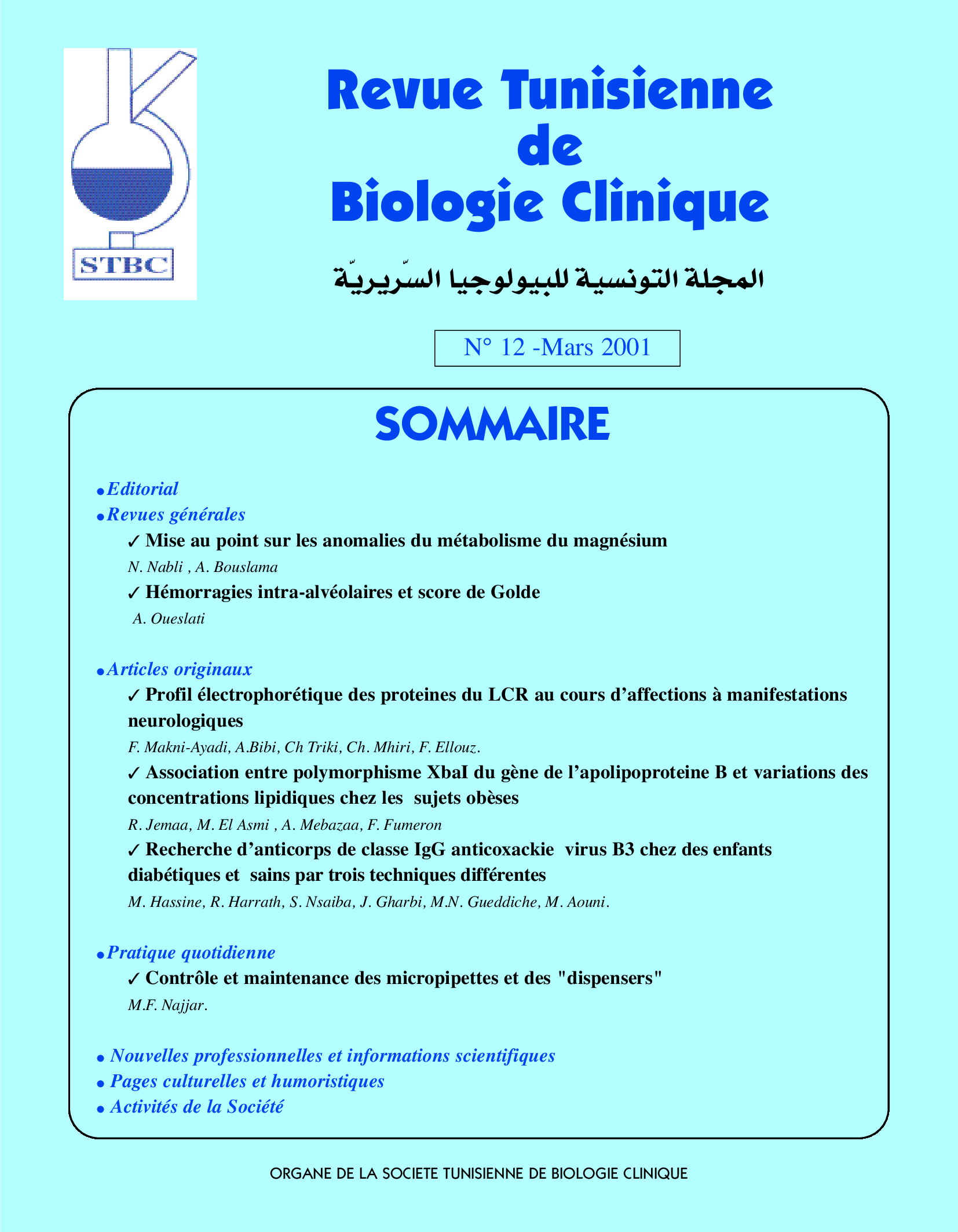Abstract
Coxsackie group B viruses constitute an interesting group of infectious agents in human pathology. Their involvement in the development of insulin-dependent diabetes is strongly suspected. In our study, we investigated anti-Coxsackie virus B3 (CVB3) antibodies in 33 insulin-dependent diabetic children and 35 healthy children of the same age group. The antigenic spectrum of Coxsackie virus B3 was determined by preparing three types of antigens produced during the viral cycle: initial antigen, procapsid antigen, and terminal antigen. The search for IgG class antibodies against CVB3 and their titration were performed using indirect immunofluorescence (I.F.I.) technique and immunoblot. With I.F.I., 24% of patients tested positive compared to 11% in controls. With immunoblot, 18% (6 cases) of patients were positive compared to 5% (2 cases) in controls. In patients, antibodies were directed against the polypeptides VP1, VP2, and VP3, while in controls, antibodies were directed only against VP1. Not all sera from patients and controls reacted with initial antigens. The reaction observed with the procapsid antigen primarily involved VP1. Our results support the hypothesis of an association between diabetes and enterovirus infection.

This work is licensed under a Creative Commons Attribution 4.0 International License.
Copyright (c) 2001 Revue Tunisienne de BIOLOGIE CLINIQUE

